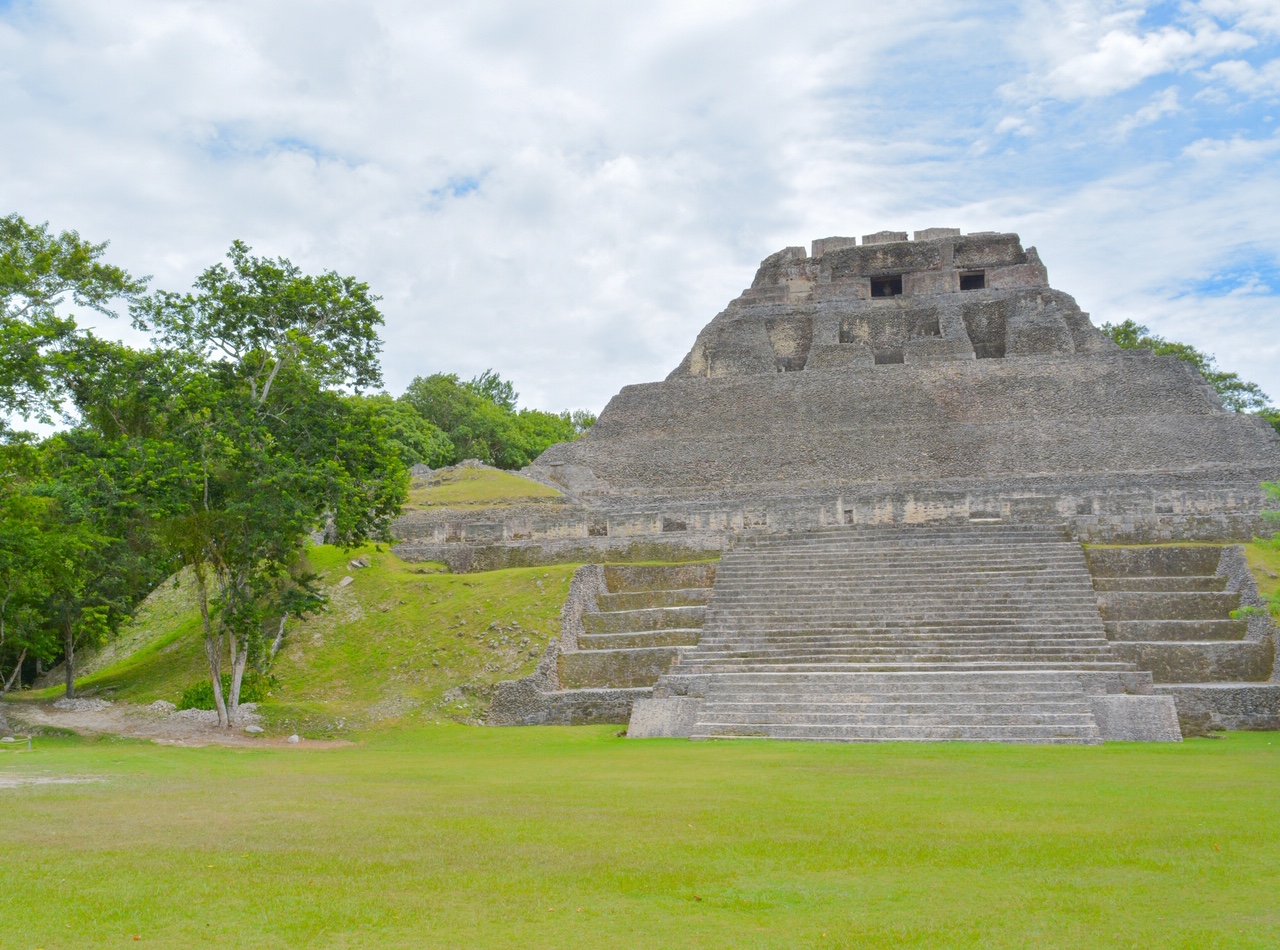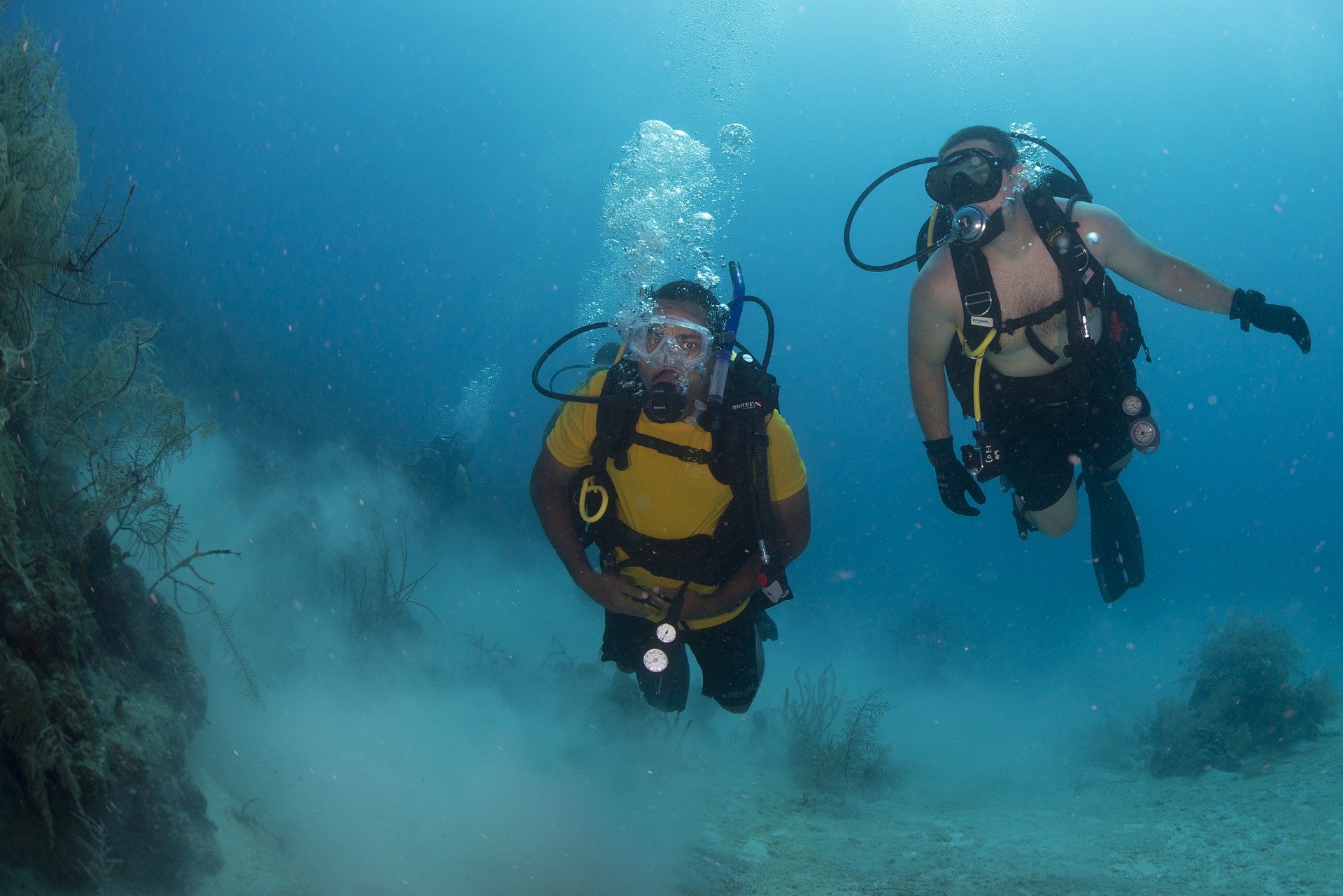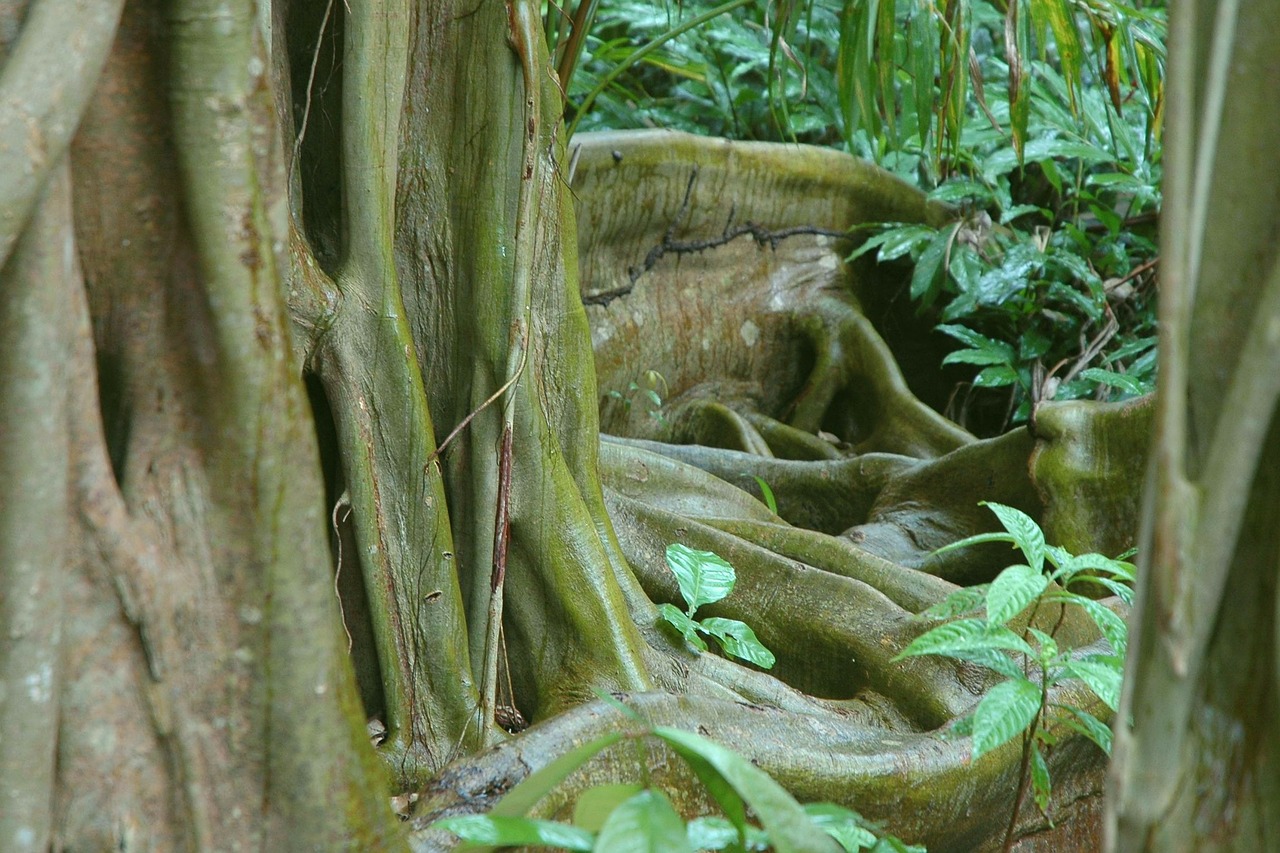In the dead of winter or any other time of year, there’s that recurring dream of white sandy beaches. You’re laid back in a hammock, boat drink in hand, and all you have to worry about is whether to take a swim in the sparkling blue water or put on a t-shirt and head out for a seafood dinner. Wake up! This doesn’t have to be a dream. Grab your pack, your passport, and head for Belize.
Belize is a small tropical country sandwiched between Mexico’s Yucatan peninsula and Honduras on the east coast of Central America, and it offers crystal clear Caribbean waters teeming with ocean life, gorgeous untamed tropical forests, Mayan ruins, and a fascinating cultural blend of Mayan/Mestizo, Garifuna, and Creole.
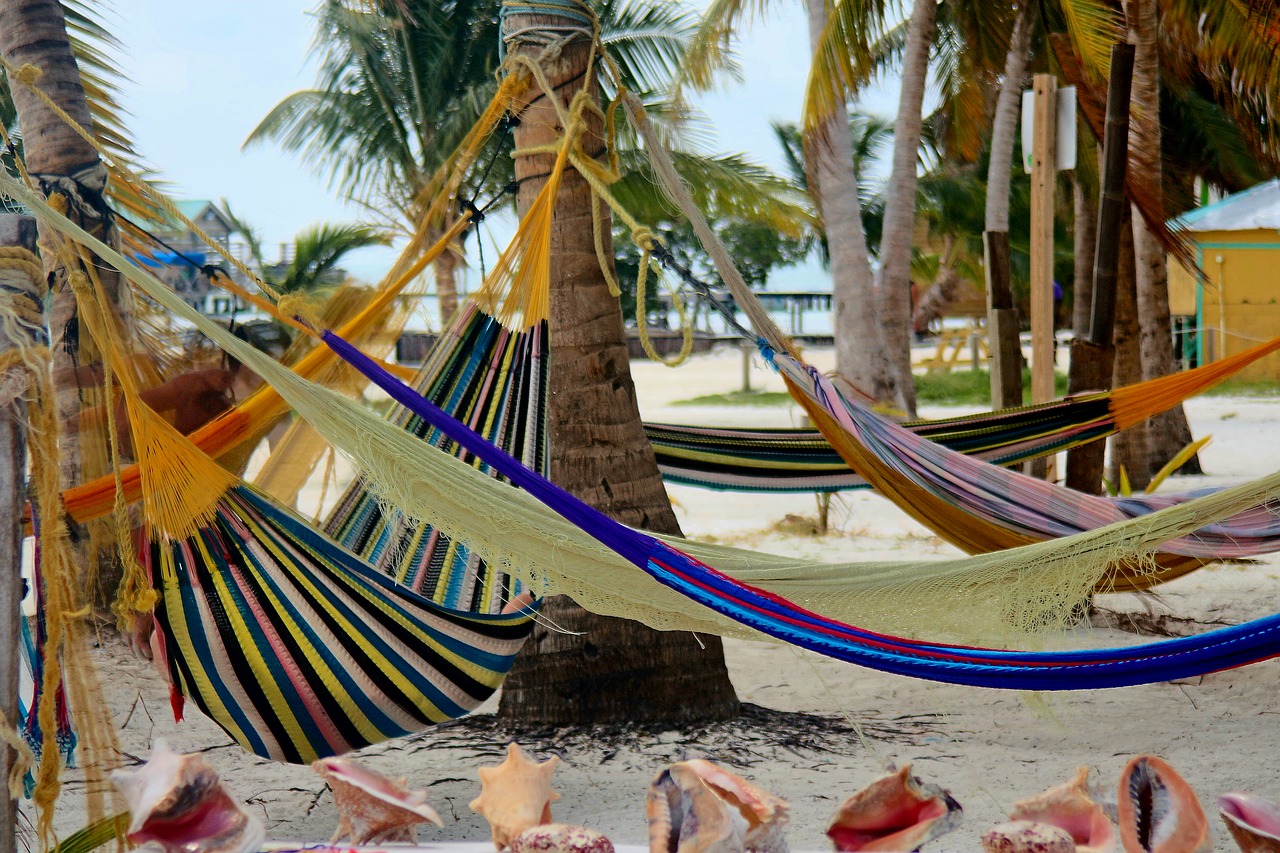
Image by Charles Leslie from Pixabay
Backpackers traveling to Belize will find a thriving hostel scene, particularly on the small island of Caye Caulker, home of Dirty McNastys, Belize’s largest and most (in)famous party hostel–but will get into that in a bit.
How to Travel Belize
Belize is unusual as a primarily English speaking country in Central America, and you do not need a visa to visit from the United States. You will, however, have to make some decisions on the nature of your travel.
Belize is a very wet country, as in the annual rainfall is six plus feet a year. The dry season is a short three-month stretch between February and April. If you’re looking for sunny beaches and equally sunny skies, you’ll want to travel during this period. But so does everyone else, which translates to significantly higher rates for hostels, food, transportation, and entertainment.
If you’re truly a budget traveler, you’ll want to aim for the wet season (September and October are the wettest), but this will impact what you take with you and will limit your travel (roads are often too wet to traverse). There are a few benefits to wet-season travel, such as the fact that lobster season is in (spawning occurs between February and June, so fresh lobster is off limits during those months), and September offers a strong sense of local culture with the various village celebrations of Independence Day on the 21st. But for the most part, if you’re seeking activities, travel the dry season.
A nice sweet spot that offers fewer tourists, dryer weather, lower prices, and more available entertainment is to book on the front or back end of the dry season in November or May. And here’s a little extra incentive. If you travel in May, you can enjoy the annual chocolate festival at Punta Gorda. Or come in November for the Garifuna Settlement Day, a rum and drums spectacular.
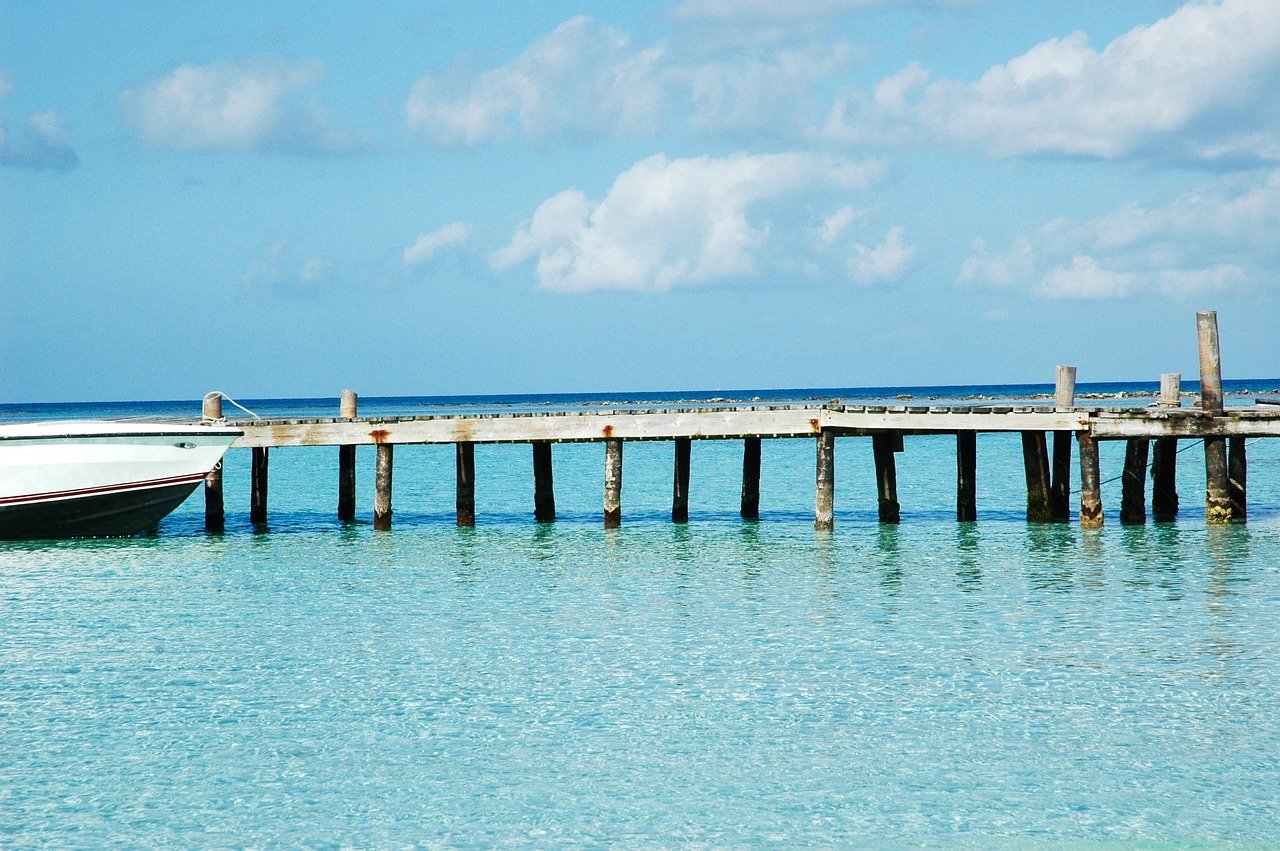
Image by supergingerale from Pixabay
Where to Stay
The ultimate destination for every self-respecting backpacker in Belize is the island of Caye Caulker, and the inevitable destination is Dirty McNastys. This upscale party hostel offers free breakfast, free canoes to paddle around the island, and free rum punch every evening. You can also try out Travellers Palm, which boasts a rooftop terrace with hammocks and lounge chairs overlooking the ocean. Be prepared when in Caye Caulker to do as little as possible. This is true island relaxation. Most travelers are content to order a Seaweed (the local cocktail favorite) from the Lazy Lizard and have a seat at one of the tables immersed waist deep in the Caribbean. Caye Caulker is for beaches, sunbathing, snorkeling, and a party or six.
For the more adventurous trekker, San Ignacio might be your destination of choice. From here you are within easy reach of the inland tropical forests, Mayan ruins, Garifuna culture, caves, and cave tubing (a favorite pastime).
Unless you’re on an extended stay, there’s really no need to spend time in Belize City. While there are a few things to do here, it is the cruise ship port, which means high prices and lots of people.
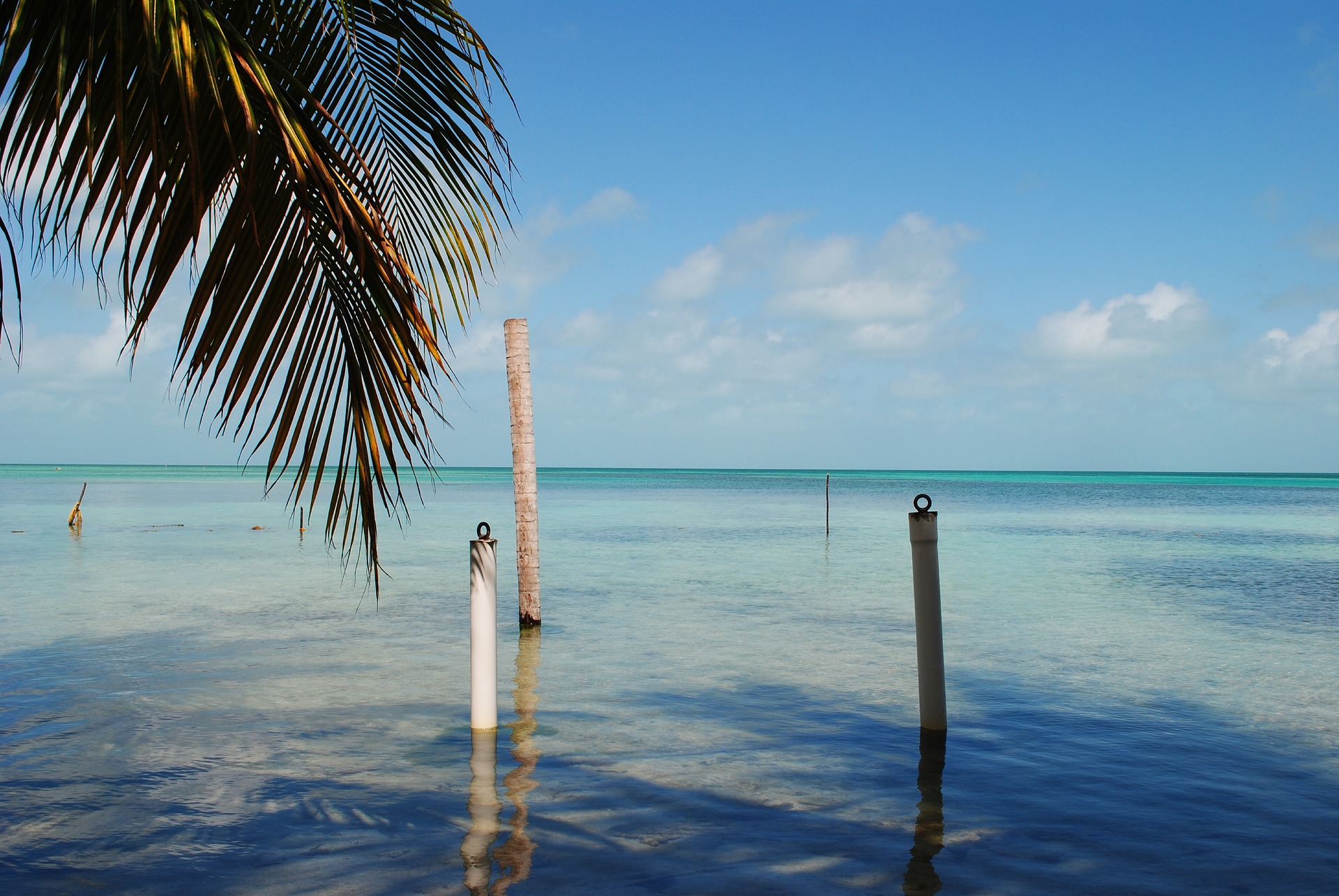
Image by Elizabeth Gonzales from Pixabay
What to Take
Belize’s temperatures rarely fall below 70 and during the dry season they range from upper 70s to mid 90s. Combine that with a relaxed island culture and you won’t need more than t-shirts, shorts, and sandals to get by. If you’re traveling in the wet season, you will need a raincoat and umbrella.
As with any tropical locale, there are several things handy to bring with you. What you will need is insect repellent, plenty of it and preferably something high in DEET. Mosquitoes are bad, which also means you’ll need to update your vaccinations before your trip, including hepatitis A, hepatitis B, chickenpox, measles, tetanus-diphtheria, typhoid and yellow fever. You’ll also want to bring a good first-aid kit stocked with anti-diarrheal and rehydration salts in case of food poisoning, sunblock, a hat, and plenty of cash (which is the preferred method of payment in most places). Unless you plan to stay in one of the many nature reserves, there’s no need to bring other standard camping gear.
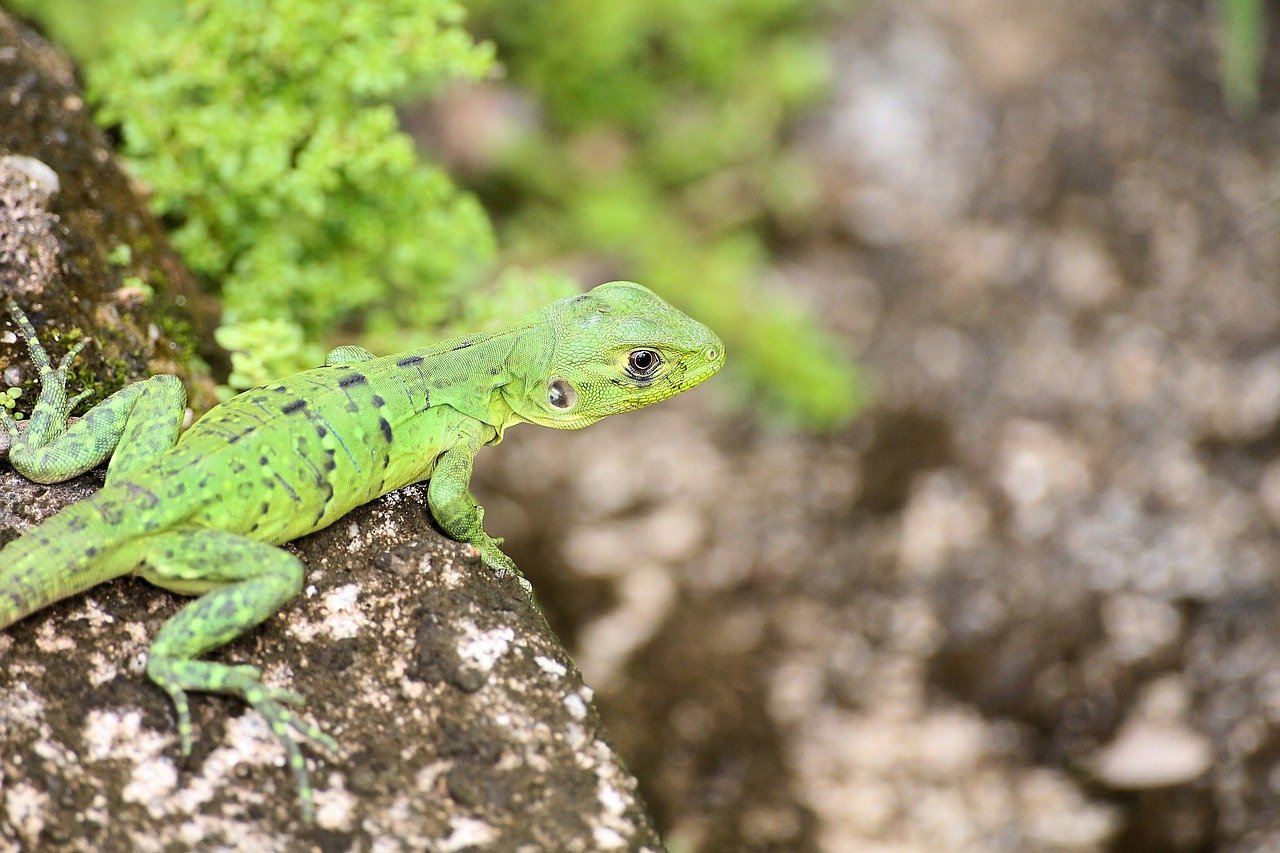
Image by Charles Leslie from Pixabay
What to Do
There’s plenty to do in Belize, and if you’re planning a short trip some of the highlights to be sure you take in are:
- Snorkeling/Scuba: this is the Caribbean after all and you will be able to see sharks, rays, turtles, manatees, and a myriad of tropical sea life. If you have time, catch a boat out to the Great Blue Hole, a 420 foot deep sinkhole.
- Cave tubing: relax on an intertube and drift through caves filled with clear water, fish, and other interesting sites.
- Mayan Ruins: there are plenty of these to see, particularly in south Belize. Check out, for example, Actun Tunichil Muknal, which is a three-mile long cave filled with ancient ceramics, skeletons, and kill holes. And be sure to check out the Crystal Maiden while you’re there.
- Rainforests: The Cockscomb Basin Wildlife Sanctuary is a one-of-a-kind jaguar reserve, and while you’re less likely to see one of these elusive cats, you might see tapir, deer and a host of tropical birds. You’ll also love the stunning waterfalls.
- Food: Belize is home to three distinct cuisines. Mayan/Mestizo favorites include caldo soup or panades (their take on the empanada). Creole cooking offers rice and beans and any of a variety of meats and seafood. Garifuna cuisine speaks to African favorites such as plantains and cassava served with seafood. And for the truly adventurous try Gibnut, also known as “royal rat” because it was served to Queen Elizabeth in 1985.
A Few Final Notes
You may hear that Belize is a dangerous place, and they do have a high murder rate. But most of this is centered around the drug trade. Unless you intend a Breaking Bad startup, backpackers are of no interest to drug gangs (as long as you stay out of their way).
If you are considering traveling with your best friend (and here I mean your dog), be aware that hostels tend not to be pet friendly. You will, therefore, have to spend a little more money to book a pet-friendly hotel. You should also know that local dogs in Belize tend to be used for protection and are aggressive. This means that dog encounters are usually not pleasant and that locals are distrustful of dogs. It is, therefore, better to keep them on a leash or in a carrier.
For More:
- Travel Belize
- On our site: We love Central America; take a look at more of our articles.

